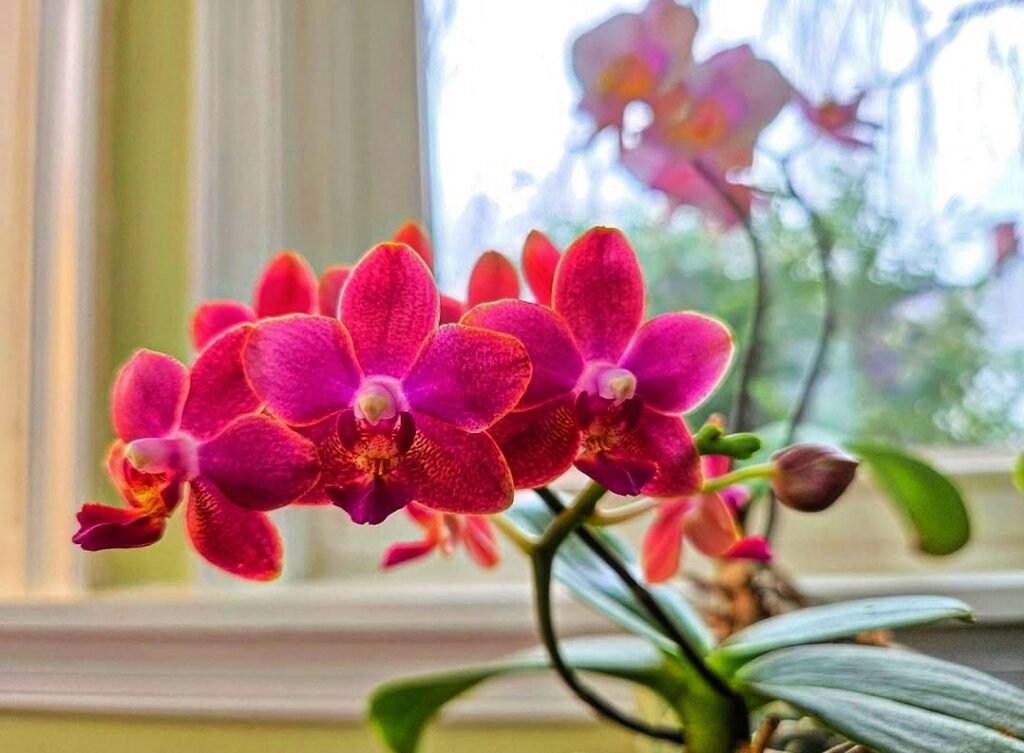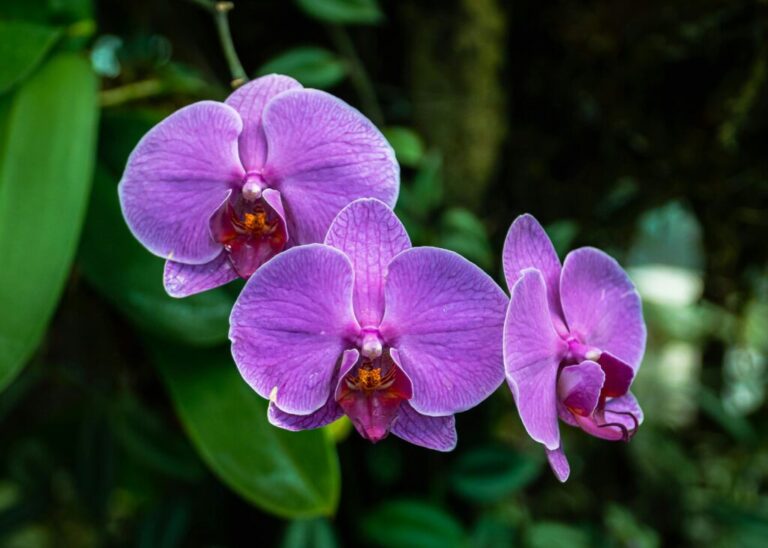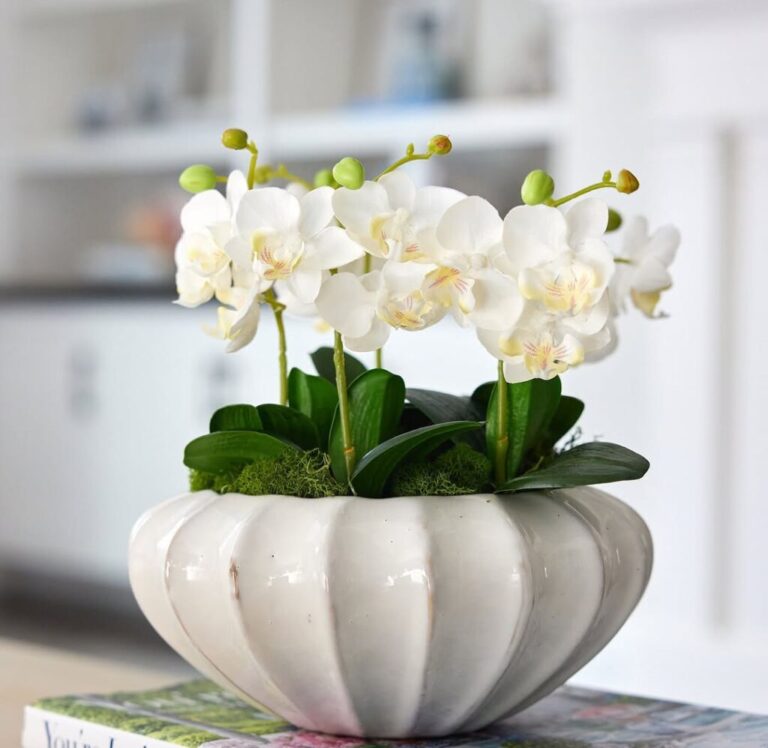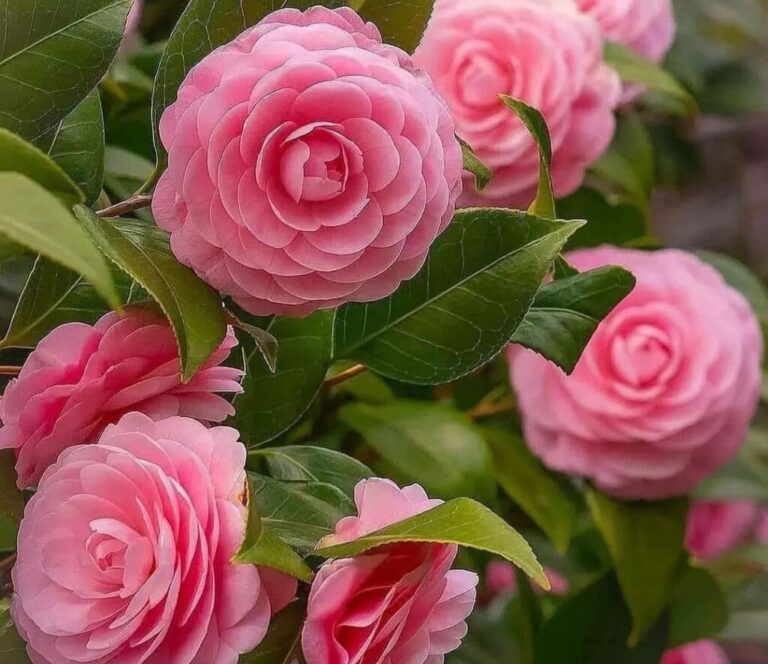When it comes to caring for orchids, one of the most discussed methods for watering is the use of ice cubes. Orchid Ice Cube Watering has gained attention due to its simplicity, but there’s a lot of debate surrounding whether it’s a beneficial technique or just a myth. In this post, we’ll break down the pros and cons of ice cube watering, provide helpful tips, and offer a timetable based on orchid zones to ensure your orchids thrive.
Understanding Orchid Ice Cube Watering
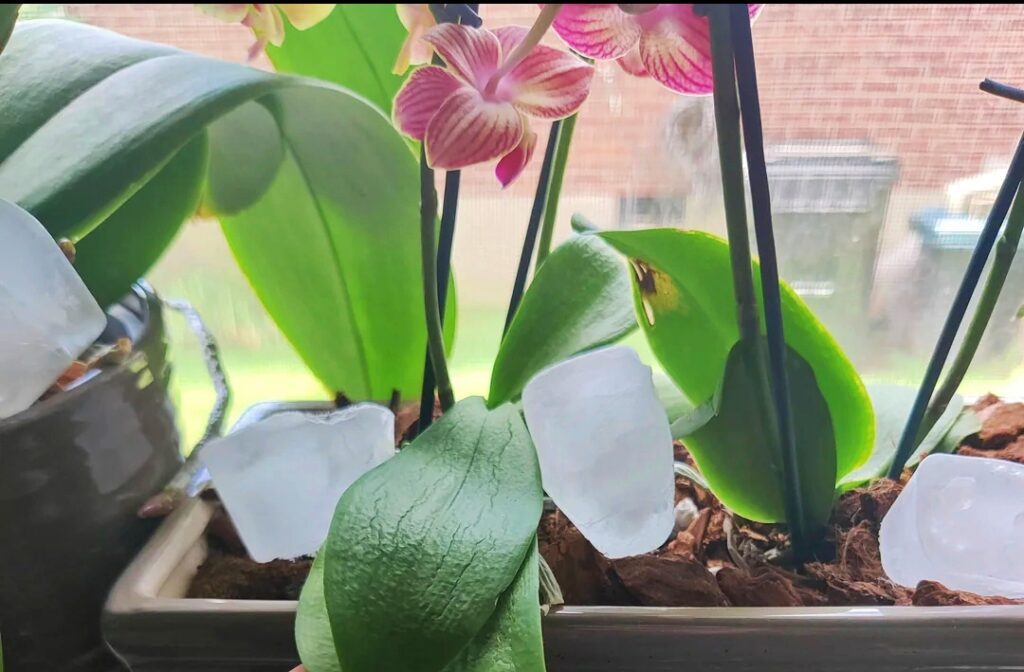
Orchid Ice Cube Watering is the practice of placing ice cubes on top of your orchid’s potting medium and letting them melt slowly, delivering water to the roots. This method is often promoted for its convenience—particularly for beginners who might struggle with proper watering techniques. The idea is that the ice cubes melt gradually, releasing moisture at a controlled rate, which is believed to prevent overwatering, a common issue that can lead to root rot.
While this method seems easy, it’s essential to consider whether it mimics the natural conditions orchids need. Orchids, especially Phalaenopsis, are tropical plants that grow in humid environments with frequent but light rain showers. In their natural habitat, they don’t receive large amounts of water in a single pour, but rather a steady drizzle that seeps into the roots.
Tip: If you choose to try orchid ice cube watering, use a few cubes at a time, depending on the size of your orchid’s pot. Be sure the ice is placed on top of the medium, not directly on the roots, as this could cause them to freeze.
Ice Cube Watering’s Advantages for Orchids
There are several benefits to the Ice Cube Watering method that have made it popular among beginner orchid enthusiasts:
Prevents Overwatering: One of the biggest fears with orchid care is the risk of overwatering, which can lead to root rot. Ice cubes melt slowly, providing water at a controlled rate that reduces the risk of excess water sitting in the pot.
Simplicity and Convenience: For those who find watering orchids a bit daunting, using ice cubes provides an easy solution. It doesn’t require measuring or complicated timing—just a few cubes every week, and you’re done.
Promotes Consistent Moisture: Ice cubes provide consistent moisture over a longer period compared to traditional watering, which can sometimes be too quick or uneven. This slow process mimics how orchids would receive water in the wild, where rain falls in small increments.
Tip: Use distilled or filtered water to avoid harmful minerals and chlorine that could build up in the soil and harm the orchid’s roots.
Possible Drawbacks of Ice Cube Watering
While Orchid Ice Cube Watering can offer benefits, it’s not without its drawbacks. Understanding these potential issues can help you decide if this is the right method for your orchids.
Temperature Shock: Orchids are sensitive to temperature changes, and placing ice cubes directly on the medium could expose the plant to cold shock. This is especially true for tropical species that thrive in warm environments. If you’re using ice cubes, ensure they are placed on top of the potting mix and not on the roots themselves.
Too Little Water: Depending on the size of the ice cubes and the orchid pot, this method may not provide enough water for the plant. Some orchids, particularly larger ones, may need more than just a few cubes to meet their hydration needs.
Inconsistent Moisture Distribution: Ice cubes melt from the top down, which may not reach the deeper areas of the pot effectively. In some cases, this may cause uneven hydration, leading to dry spots in the soil.
Tip: If you notice your orchid isn’t getting enough water with the ice cube method, supplement with traditional watering to ensure the roots are adequately hydrated.
What Types of Orchids Benefit from Ice Cube Watering?
Orchid Ice Cube Watering is best suited for certain types of orchids. Phalaenopsis orchids, also known as moth orchids, are the most popular choice for this method. They have relatively shallow roots and tend to thrive in moist, well-drained environments. Ice cubes can provide them with the slow, steady moisture they need without the risk of overwatering.
But other kinds of orchids,
such as Cattleya or Dendrobium, may not benefit as much from ice cube watering. These orchids have different water requirements and may need more frequent watering or larger amounts of water. For these types of orchids, traditional watering methods may be a better option.
Tip: If you’re unsure about which orchids are suitable for Ice Cube Watering, start with a Phalaenopsis and observe how it responds before experimenting with other varieties.
Orchid Ice Cube Watering Timetable
To ensure your orchids are getting the proper care, it’s important to follow a watering timetable that aligns with their specific needs. Orchids typically require watering every 7-10 days, depending on the species, temperature, and humidity levels in your home.
Here’s a sample timetable for Ice Cube Watering:
Phalaenopsis Orchids (Zone 1-3): Water every 7-10 days with 2-3 ice cubes, depending on the size of the pot. Be sure to check the moisture level of the potting medium before adding more cubes.
Cattleya Orchids (Zone 4-6): Water every 10-14 days with 3-4 ice cubes. These orchids require slightly less frequent watering, so be mindful of not over-watering them.
Dendrobium Orchids (Zone 7-9): Water every 10-14 days with 4-5 ice cubes. Dendrobiums prefer a bit drier conditions between waterings, so ensure the medium is dry before applying more ice.
Tip: Always adjust the watering schedule based on your home’s climate. If your home is more humid, your orchids may require less frequent watering. Conversely, if the air is dry, increase the number of ice cubes or water more frequently.
Alternative Methods to Ice Cube Watering
While Ice Cube Watering may work for some, it’s not the only option available. Several other methods can be used to water orchids effectively:
Traditional Watering: Gently pour water over the potting medium until water runs out of the drainage holes. Ensure the water is room temperature, and let the pot drain thoroughly.
Bottom Watering: Place your orchid pot in a shallow dish of water, allowing the roots to absorb moisture from the bottom. This method ensures the roots receive water directly, reducing the risk of cold shock.
Self-Watering Pots: These pots have a reservoir of water at the bottom, providing orchids with a steady supply of moisture. This can be a convenient option for busy orchid owners.
Tip: If you’re experimenting with different watering methods, track how each method affects the health of your orchid. You may find that one method works better for certain species or environmental conditions.
Conclusion: Is Orchid Ice Cube Watering a Myth or a Good Method?
Orchid Ice Cube Watering is not a myth, but it may not be the best method for everyone. It has its advantages, such as preventing overwatering and being easy for beginners, but it also comes with potential drawbacks like temperature shock and inconsistent water distribution. It’s essential to understand the needs of your specific orchid species and adjust your watering techniques accordingly.
If you have a Phalaenopsis orchid or similar species, Ice Cube Watering can be a convenient and effective way to keep your plant hydrated. However, always monitor your orchid’s response to ensure it’s thriving. And if you’re ever unsure about which watering method is best, traditional watering or bottom watering might be a more reliable option.
Tip: Experiment with Ice Cube Watering but always keep an eye on the moisture levels and the orchid’s health. If you notice any signs of stress, adjust your watering routine or try a different method.
By understanding the pros and cons of Orchid Ice Cube Watering, you’ll be able to make informed decisions about the best way to care for your orchids, ensuring they flourish in your home for years to come.
FAQS
What is Orchid Ice?
Orchid Ice is a method of watering orchids by using ice cubes. It provides a slow and consistent release of water, which helps prevent overwatering and ensures your orchid gets the right amount of moisture.
How does the Orchid Ice method work?
The Orchid Ice method involves placing a few ice cubes directly on the surface of the orchid’s growing medium. The ice slowly melts and provides the orchid with water over time, mimicking the natural rainfall
Is Orchid Ice safe for all types of orchids?
Yes, Orchid Ice can be used for most types of orchids, especially those like Phalaenopsis. However, it’s important to make sure the orchid is suited to this watering method, as some orchids prefer different watering techniques.
How many ice cubes should I use for my orchid?
The general rule is to use about 3 ice cubes per week for a standard-sized orchid. For larger orchids, you may need more. However, always check the moisture level in the pot to avoid overwatering with Orchid Ice.
Can Orchid Ice prevent root rot?
Yes, using Orchid Ice can help prevent root rot because the water is released gradually, preventing excessive moisture buildup in the roots. This method helps keep the roots hydrated but not waterlogged.
How often should I apply Orchid Ice to my orchid?
Orchid Ice should be applied once a week. This frequency is perfect for orchids like Phalaenopsis, which thrive on consistent but moderate watering.
Can I use Orchid Ice for all stages of orchid growth?
Orchid Ice is suitable for orchids in all growth stages, including blooming, but it’s essential to ensure your orchid’s environment is properly regulated (temperature and humidity) when using this method.
Do orchids need additional care when using the Orchid Ice method?
While Orchid Ice is a great way to water orchids, it’s important to ensure your orchid gets proper light and air circulation. The Orchid Ice method alone won’t be enough for overall orchid health.
Why is Orchid Ice considered a beginner-friendly method?
Orchid Ice is ideal for beginners because it’s a simple and easy way to water orchids. You don’t have to worry about measuring the right amount of water, and it helps prevent common watering mistakes like overwatering
Does Orchid Ice affect the orchid’s blooming process?
No, using Orchid Ice does not negatively affect the orchid’s blooming process. In fact, the steady release of water can help maintain consistent orchid health, which is vital for blooming.
Can I use Orchid Ice in winter?
Yes, Orchid Ice is perfect for orchids during winter. It helps regulate water distribution during the cooler months when evaporation is slower. Just ensure your orchid isn’t exposed to extreme cold.
Should I use Orchid Ice on orchids with sensitive roots?
If your orchid has sensitive roots, you may want to use less ice or adjust the frequency. Some orchids might be more susceptible to changes in watering methods, so always monitor your plant’s condition.
What are the benefits of using Orchid Ice?
The benefits of Orchid Ice include better control over watering, preventing overwatering, and creating a slow, consistent moisture supply. It’s an effective way to maintain healthy orchid roots and overall plant vitality.
Can I use Orchid Ice if my orchid is in a decorative pot?
Yes, Orchid Ice can be used with orchids in decorative pots as long as the pot has proper drainage. Ensure that the orchid’s growing medium can handle the gradual moisture from the ice melting.
Is Orchid Ice a replacement for regular orchid care?
While Orchid Ice is a useful watering technique, it should not replace other orchid care practices like proper lighting, humidity, and temperature control. Orchid Ice should be part of a holistic care routine for your orchids.
